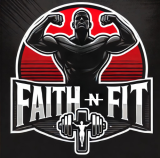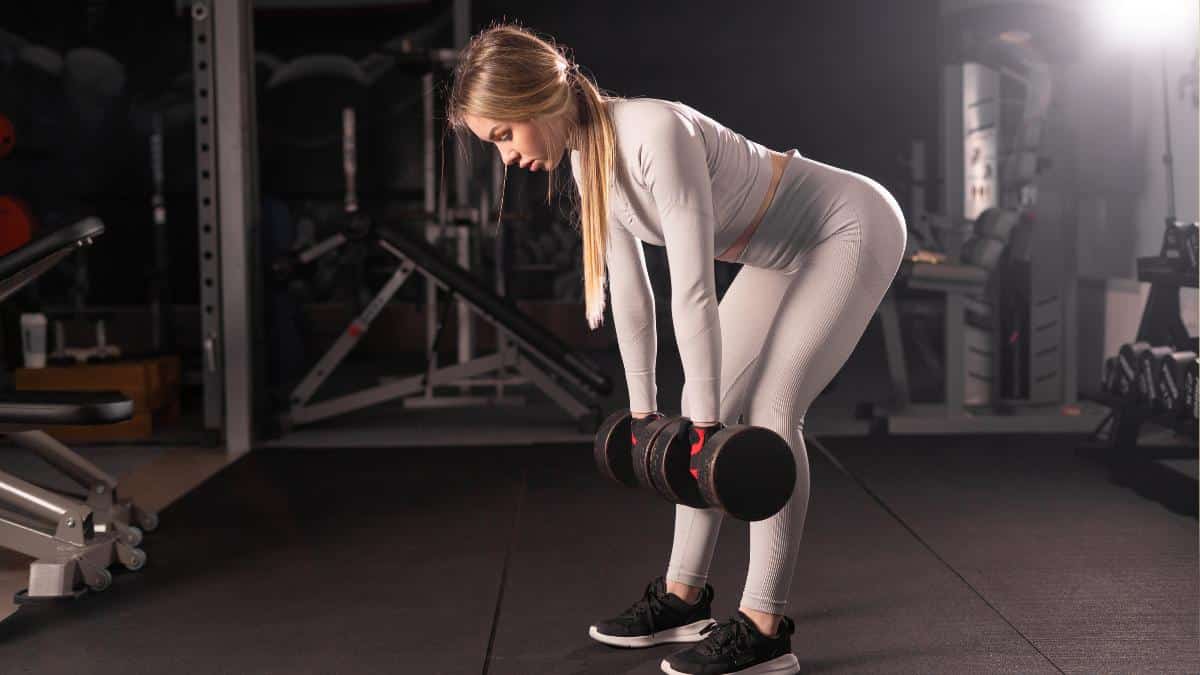Use these dumbbell exercises to strengthen your lower back and prevent pain—while building real muscle that supports your entire body. If your lower back feels weak or stiff, it’s not just a comfort issue—it’s a strength issue. A strong lower back stabilizes your spine, improves posture, and enhances nearly every lift from deadlifts to squats. The good news? You don’t need a gym full of machines to fix it.
With just a pair of dumbbells and the right programming, you can build lower back strength and muscle mass safely and effectively—all from home or the gym floor.
Why the Lower Back Matters in Muscle Building
Your lower back is part of the posterior chain, which includes the glutes, hamstrings, and spinal erectors. This system powers movement, posture, and performance. It also plays a vital role in:
- Hip hinge mechanics (deadlifts, RDLs)
- Core bracing during compound lifts
- Spinal alignment and load tolerance
If it’s weak, your lifts suffer. If it’s strong, everything improves—from your squat depth to injury prevention.
How Dumbbells Help Build Lower Back Strength
Dumbbells force your body to stabilize during every rep. Unlike machines or barbells, they:
✅ Improve core activation
✅ Expose muscle imbalances
✅ Offer greater range of motion
✅ Allow unilateral and functional movements
Now let’s get into the five best dumbbell exercises for building a strong, muscular lower back.
1. Dumbbell Romanian Deadlifts (RDLs)
Primary muscles: Erector spinae, hamstrings, glutes
The ultimate posterior chain exercise. It stretches and loads the spinal erectors under tension, building muscle and strength.
How to perform:
- Hold dumbbells in front of thighs
- Slight knee bend, hinge at hips
- Keep back flat, lower until hamstrings stretch
- Return by driving hips forward
🧮 Math Tip: Do 3–4 sets of 8–10 reps with controlled eccentric tempo (3 seconds down) for maximum muscle growth.
2. Dumbbell Suitcase Deadlifts
Primary muscles: Quadratus lumborum, obliques, erectors
Holding a dumbbell on one side challenges your anti-lateral flexion strength, reinforcing the side of your lower back.
How to perform:
- Place one dumbbell beside you on the floor
- Hinge and lift using glutes and back
- Keep shoulders level—don’t lean
💡 Core bonus: Trains your body to resist tipping—a key lower back stabilization skill.
3. Dumbbell Hyperextensions on a Bench
Primary muscles: Erector spinae, gluteus maximus
If you have access to a bench or stability ball, this isolation move directly hits the lower back.
How to perform:
- Lie face down on a bench or ball
- Hold a dumbbell at your chest or neck
- Lift your upper torso while squeezing glutes
- Lower under control
🎯 Programming tip: Keep reps in the 12–15 range for endurance and support-focused hypertrophy.
4. Bent-Over Dumbbell Rows with Static Hold
Primary muscles: Lats, rhomboids, spinal erectors
By holding the bent-over position throughout the set, your lower back stabilizers work hard to keep you upright.
How to perform:
- Hinge at the hips with knees soft
- Row dumbbells toward your waist
- Keep back flat, avoid rounding
- Hold bent-over position for all reps
🔥 Add challenge: Try a 10-second hold at the end of your final rep for static endurance work.
5. Dumbbell Good Mornings
Primary muscles: Hamstrings, glutes, spinal erectors
An underrated yet highly effective lower back builder when done with precision.
How to perform:
- Rest dumbbells on your shoulders
- Hinge forward with a flat back
- Keep knees soft and hips back
- Reverse the motion using glutes
⚖️ Go light at first: Prioritize form over weight to prevent rounding and injury.
Bonus: How to Integrate These into Your Workout
You don’t need to dedicate a whole day to your lower back. Add 2–3 of these moves to your leg or posterior chain sessions:
✅ Beginner:
- RDLs – 3×10
- Suitcase Deadlifts – 2×12/side
✅ Intermediate/Advanced:
- RDLs – 4×8
- Dumbbell Rows (static hold) – 3×10
- Good Mornings – 3×12
Focus on tempo, control, and activation over heavy weights.
Key Takeaway
A stronger lower back leads to a stronger body.
By consistently using these dumbbell exercises, you can correct imbalances, prevent injury, and build a back that supports your muscle-building goals. Start small, focus on form, and watch your strength multiply—both in and out of the gym.
Subscribe now and get a 14-day free trial workout app for iPhone users.





